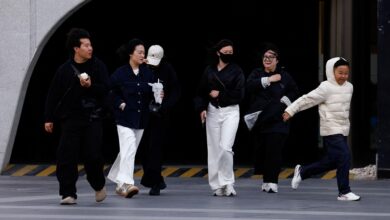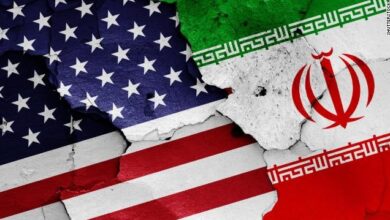Percentage Of Christians In The UK Is Lower Than 50%

According to census figures released on November 29, less than half of the population in England and Wales now self-identifies as Christian.
The Office for National Statistics (ONS) said that the 10-yearly census taken in 2021 revealed that the Muslim population was expanding quickly, while no religion was the second most popular response behind Christianity.
The decline of the Christian population over time, according to Archbishop of York Stephen Cottrell, was not greatly surprising in an age that is becoming more and more secular.
But he asserted that despite the European conflict and the rising cost of living, people still required spiritual sustenance.
The UK census included a question about religion in 2001. It is still entirely optional to respond, but the ONS reports that 94.0 percent of respondents did.
In England and Wales, 27.5 million individuals, or 46.2% of the population, identified as Christians, a decrease of 13.1% from 2011.
Muslims increased from 4.9 percent to 3.9 million, or 6.5 percent of the population, while no religion increased by 12 points to 37.2 percent or 22.2 million people.
Hindus (1.0 million) and Sikhs (524,000) received the next-highest number of responses, while Buddhists outnumbered Jews.
The most recent key census sections, which covered religion and ethnic identity, have been released piecemeal by the ONS.
Data are supplied separately for Scotland and Northern Ireland.
It was discovered that during 2011, there were 500,000 fewer persons in England and Wales who identified as white, down from 86.0 percent to 81.7 percent.
74.4 percent of people identified as white and from the British Isles, a six-point decline from 2011.
When Britain continued to experience immigration from eastern Europe both before and after its Brexit referendum in 2016, the category of other white rose over the course of a decade.
However, the ONS pointed out that respondents had more options to pick from than in 2011, which encouraged them to list additional identities.
At 9.3 percent, up from 7.5 percent ten years previously, “Asian, Asian British or Asian Welsh” was the second most prevalent ethnic group after white.
Indian was the most common response amongst members of that group, followed by Pakistani, other Asian, Bangladeshi, and Chinese.
The rapidly expanding African population was the second-largest ethnic group, followed by the Caribbean.
African evangelical churches have proliferated throughout London and other cities, bolstering the Christian community.
News Mania Desk






